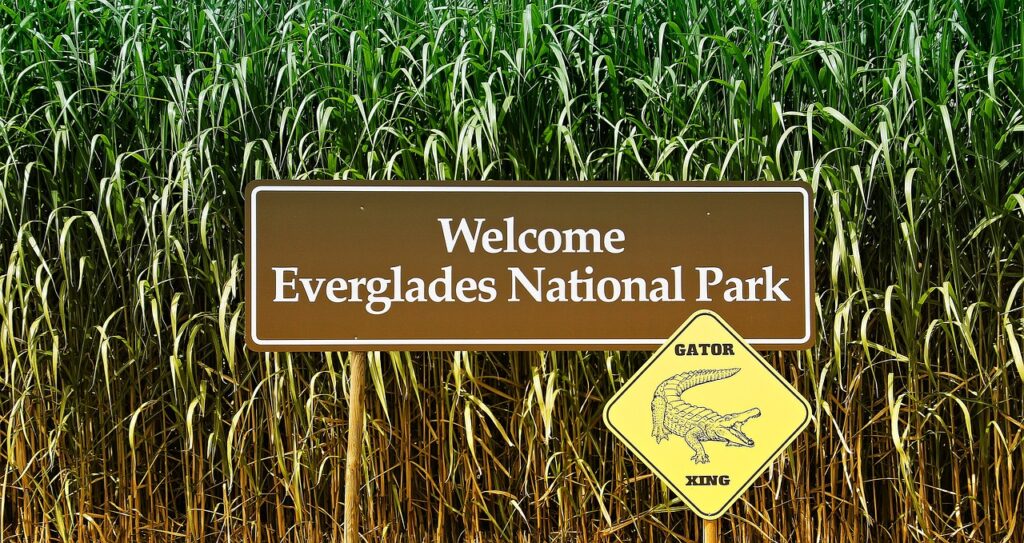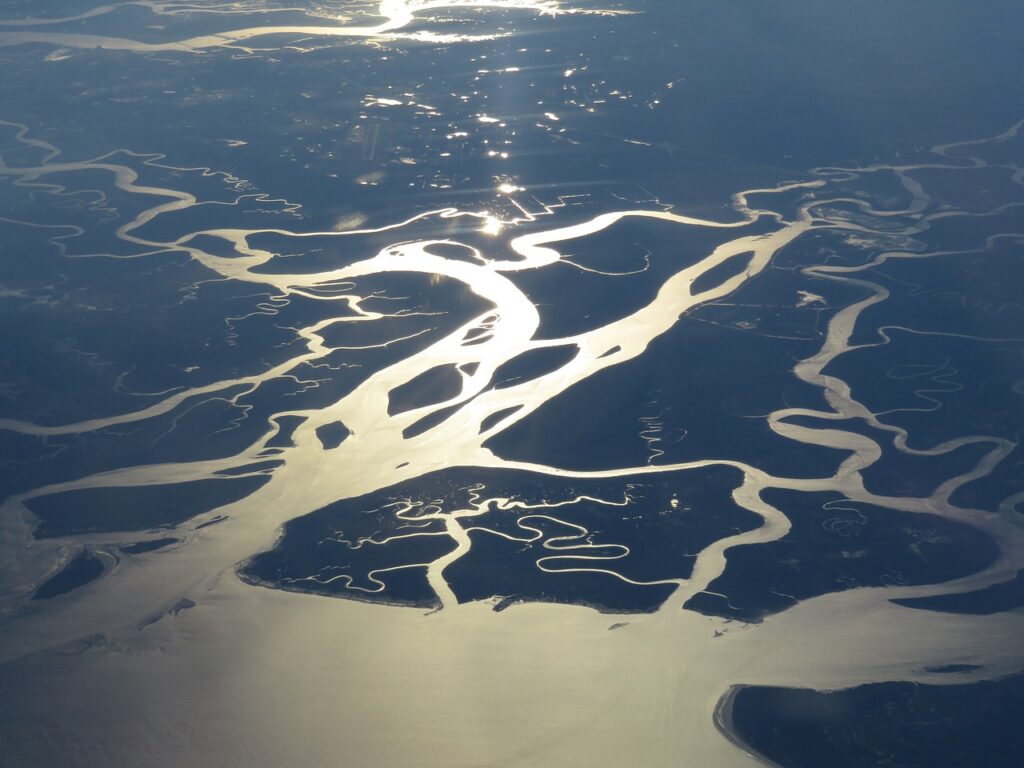It’s been a month since I’ve returned from my Everglades adventure and I’m still reveling in the memories. It was one of the best experiences of my life.
Vast and untamed, the Everglades had a feeling of wildness that was unlike anywhere else I’ve ever been. Though I saw countless wildlife species, I hardly saw any humans. I was mesmerized by the rhythmic flow of water and the nightly chorus of wildlife. It was nature at play, raw and unbridled. The sprawling wetlands exploded with life: creeping alligators, playful dolphins, elusive crocodiles, jumping fish, and thousands upon thousands of exotic birds.
It’s fortunate that this unique and fragile ecosystem has been protected by the park service. Fortunate, but not inevitable. It was a long fight for the Everglades to earn the status of National Park.
In the 1800s and early 1900s, the region was considered a big useless swamp. The general consensus was that the dismal mosquito-infested wasteland that could be better utilized for productive purposes. As more and more people began to settle in Florida, they looked for ways to improve the farming capabilities of the land.
In 1904, Florida Governor Napoleon Broward declared that he intended to “drain that abominable pestilence-ridden swamp.” (Turns out Donald Trump was not the first politician to promise to drain the swamp). Large scale initiatives began to convert the Everglades into agricultural and residential land.
The delicate ecosystems and habitats suffered greatly. The Everglades are not one homogeneous piece of land but are composed of many different ecosystems: sawgrass prairies, hardwood hammocks, pine forest, mangrove swamps, and cypress forest. They form a complex and interdependent network. Even subtle changes can greatly impact the delicate balance between them.
Many species faced extinction, both from habitat loss and rampant hunting. Feathered hats being the height of fashion, a massive number of birds were killed for their plumage. Alligators were poached for their hides and for sport. Old-growth cypress trees were cut down for timber.
Good riddance, the people thought. Might as well convert this wasteland into something useful.
In the mid-twentieth century however, the public opinion of the Everglades slowly began to change, thanks to the work of a few dogged individuals.
Ernest F. Coe was a Connecticut landscape architect who retired to Florida in the 1920s. He instantly fell in love with the Everglades and for the rest of his life advocated for the establishment of a national park. He was turned down repeatedly, but remained relentless. In his own words, he “made of nuisance of himself” while advocating his cause. He was obsessed. He tried every tactic he could think of, including mailing coconuts to congressmen and even one directly to President Herbert Hoover.
It was a tough sell. The wetlands of Florida don’t have the same allure as some of the other big national parks. They don’t boast any grand monuments or stately peaks. Instead, proponents of the Everglades highlighted the unique ecosystem and habitats.
The fiery journalist Marjorie Stoneman Douglas also began advocating for its preservation in the 1920s. Probably the most famous champion for the cause, she became known as “the Grand Dame of the Everglades.” Her most famous work, The Everglades: River of Grass, significantly contributed to the change in public opinion. She reframed the Everglades not as a useless swamp, but as an important national treasure.
The opening line of the book says it all: “There are no other Everglades in the world.”
In 1947 Everglades National Park was established, in no small part due to the tireless work of Ernest Coe and Marjorie Stoneman Douglas. It was the first park to be established not for geological wonders, but for its rich biodiversity. In 1979, Everglades National Park was also designated as a UNESCO World Heritage Site. To be named such a site, a place must be considered to be of “outstanding value to humanity.” A marked change in tone from the “abominable pestilence-ridden swamp” comment just 75 years prior. The region has since also been named an International Biosphere Reserve and a Wetland of International Significance.

Unfortunately these designations have not ended the threats to the Everglades. Pollution enters the Everglades from Miami and large industrial agricultural sites nearby. Climate change causes rising sea levels, which upsets the delicate balance of saltwater and freshwater and destroys many plants and animals.
For decades humans altered the natural flow of southern Florida’s watershed in order to make the area more habitable. Now there is a massive project to try to undo some of the damage. Scientists are trying to combat this through an initiative called the Comprehensive Everglades Restoration Plan. It is considered one of the most significant environmental restoration projects in the world. The project aims to restore historic waterflow patterns, reduce pollution, improve water quality, and manage the impact of rising sea levels. No small task.
The fight for environmental protection is certainly not unique to southern Florida. Just about every special natural place has suffered from climate change, pollution, and human development. That’s hard enough, but the Everglades have had to work hard just to be recognized as worth the effort. I feel a sense of sympathy for the Everglades. These humble swamplands have had to fight back against poaching, pollution, climate change, politics, hurricanes, and invasive species. Worst of all, they’ve had to fight against the biggest threat of all – public opinion.
Sometimes it takes someone else to point out our blind spots. We may not see the value in something until somebody shines a light on it. It took the relentless work of environmental advocates like Ernest Coe and Marjorie Stoneman Douglas for the Everglades to be considered more than useless swampland. They provided a new perspective and a new narrative, slowly opening the eyes of society,
In 2024 it might feel obvious that the Everglades are worth protecting, but hindsight is always 20/20. It makes me wonder what we are currently looking over. In another hundred years, what attitudes and beliefs will we look back on with embarrassment? What has hidden value? What could we look at in a different light?
“The Everglades is a test. If we pass it, we may get to keep the planet.”
Marjorie Stoneman Douglas


I remember reading some of this when there a couple years ago. You have put it together very well! The Everglades are truly a National treasure!